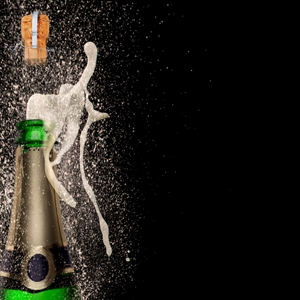
While all food and beverage labels can be easy to read for clarity, wine labels will likely face intense scrutiny from both consumers and wine professionals. Depending on the type of vintage you’re selling, you may want to emphasize different things on the exterior of your bottles to satisfy potential buyers.
One of the things that will likely matter a lot to sparkling wine customers will be the sweetness of the drink, and there are certain terms that come loaded with meaning for the informed shopper. VinePair recently featured an article noting that the language can be confusing, especially to those unfamiliar with foreign languages.
Though there are numerous names even the novice buyer might be familiar with, from Brut to Semi Seco, all of these reportedly refer to a range of sugar contents, from as low as between 0 and 3 grams of sugar to a maximum of 50 grams or more. This latter group also includes the sweet flavors of Champagne, which the source says contains more sugar than the average can of Coca-Cola.
Various sources often publish articles about “decoding” wine labels. It’s part of the culture, and to an extent, it’s what the consumer will expect. However, there’s a difference between using proper industry language and simply confusing others, especially those who don’t know what they want. With a well-designed label, viewer can see the clear wording while also still working to decipher it in the way they expect to.
The Primera LX400 is one choice for companies that need high-quality wine labels to define the brand. Visit our U.S. store here or our Canadian store here to find out more about this specific color label printer, or other options that could work for you.


Leave a Reply